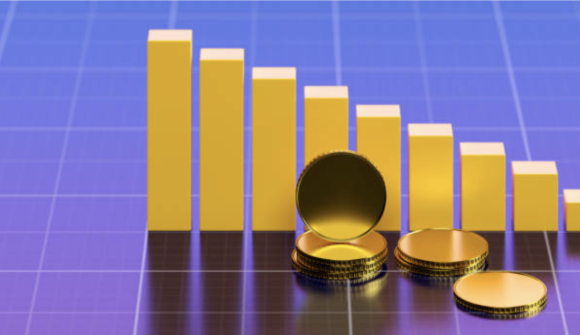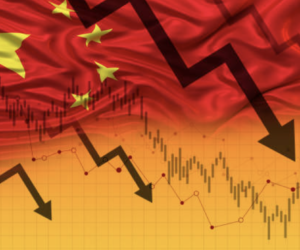In recent weeks, the trajectory of gold prices has been nothing short of remarkable, setting new records as investors eagerly anticipate a shift in Federal Reserve policy. As of Wednesday, spot gold prices edged up to $2,469.50 per ounce, a testament to growing confidence that the Federal Reserve will enact interest rate cuts come September. This surge was underscored by gold futures climbing to $2,473.40 an ounce, reflecting the bullish sentiment pervading the market.
The catalyst for this upward movement can be traced back to comments made by Federal Reserve Chair Jerome Powell, signaling a proactive stance in addressing economic indicators. Powell’s assertion that the Fed won’t wait for inflation to hit its 2% target before implementing rate cuts has resonated strongly with traders and analysts alike. This sentiment is bolstered by recent data showing a decline in June’s inflation rate, the first such occurrence in over four years, further validating the Fed’s cautious approach.
Market response to Powell’s remarks has been swift and decisive. According to the CME FedWatch tool, market participants are overwhelmingly convinced of an impending rate cut in September. This expectation has profound implications for the investment landscape, particularly for commodities like gold, which historically thrive in low-interest-rate environments. As interest rates decrease, the opportunity cost of holding non-yielding assets diminishes, making gold an increasingly attractive option for investors seeking to diversify their portfolios beyond traditional fixed-income securities.
Daniel Hynes, Senior Commodity Strategist at ANZ, articulated the market sentiment succinctly, attributing gold’s recent surge to signs of slowing inflation and tepid economic data. This confluence of factors has solidified gold’s position as a safe-haven asset, particularly amidst geopolitical tensions in the Middle East and the strategic buying spree by central banks worldwide.
Vivek Dhar, Director of Mining and Energy Commodities Research at Commonwealth Bank of Australia, highlighted the resilience of gold in the face of a stronger U.S. dollar, traditionally a deterrent for dollar-denominated commodities. Despite these headwinds, gold has not only held its ground but has also exceeded expectations, with forecasts suggesting a potential climb beyond $2,500 per ounce by year-end.
Looking ahead, the interplay between Federal Reserve policy decisions and global economic indicators will continue to shape the trajectory of gold prices. Investors and analysts alike will keenly watch for further signals from the Fed regarding the timing and magnitude of rate cuts, which are expected to further buoy gold’s appeal in the months to come.
The surge in gold prices underscores its pivotal role as a barometer of market sentiment and economic stability. With the Federal Reserve poised to recalibrate its monetary policy, the allure of gold as a safe-haven asset is set to strengthen, positioning it as a cornerstone of diversified investment strategies in an uncertain global economic landscape.




